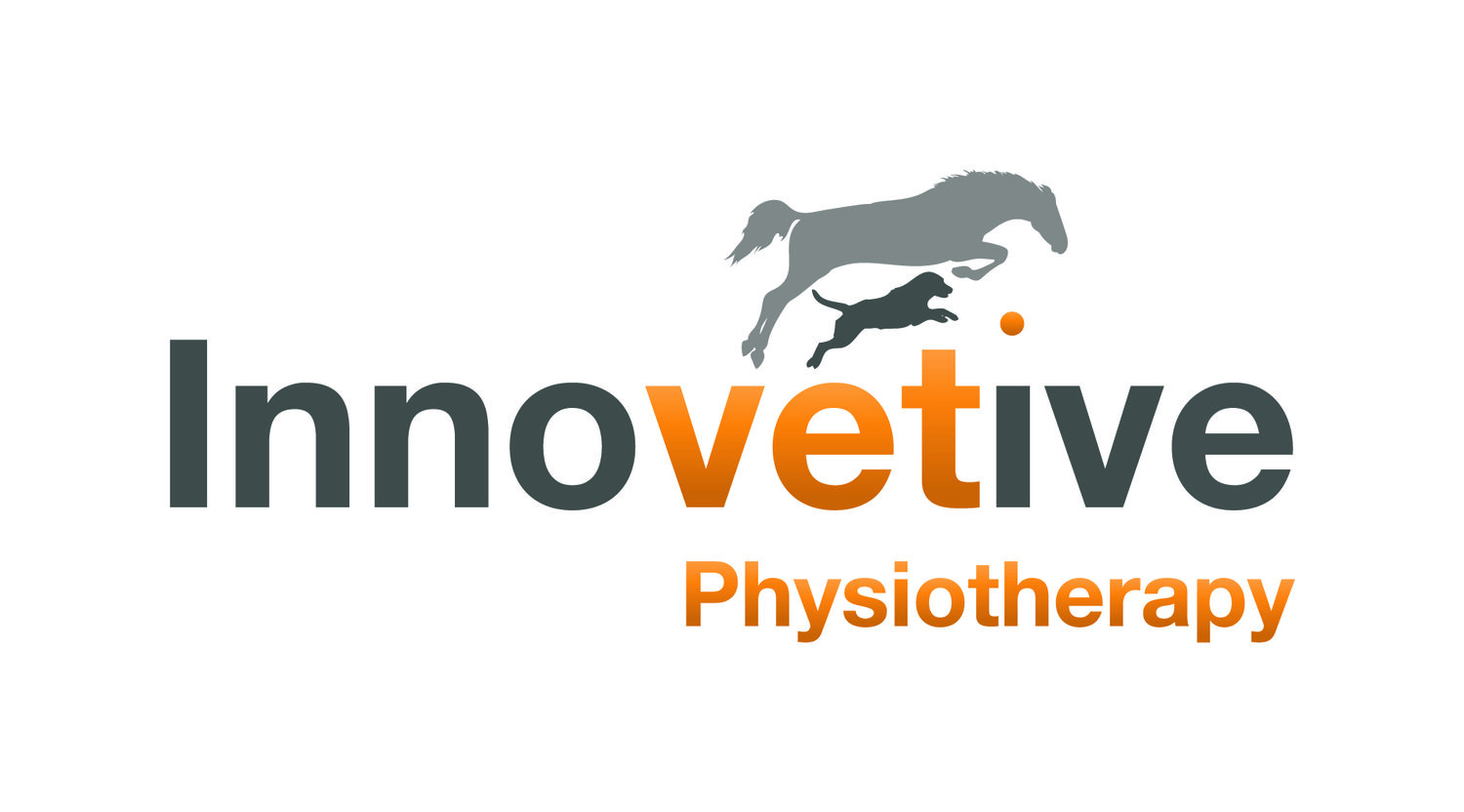Canine Services
-

Rehabilitation
After injury or illness, physiotherapy is targeted to reduce pain and discomfort, improve movement and enhance functional mobility, building balance and muscle symmetry. This covers all manner of conditions from hereditary conditions, fractures, spinal injury and joint problems causing lameness.
-

Sports Conditioning
Canine athletes can be predisposed to certain types of injury either because they are more active or because of the demands of their chosen sport. Physiotherapy helps by assessing the dog for its intended sport and identifying areas of weakness. By creating a conditioning programme to address those areas we ensure the dog can perform optimally and reduce the risk of injury.
-

Gait Analysis
We have the only publicly available Zebris gait analysis treadmill in the UK. This treadmill has been scientifically validated to be a reliable tool for gait analysis. We use the treadmill to guide treatment protocols to ensure progress is achieved and for monitoring sporting dogs to identify any early gait changes and treat them before a full blown injury arises.
-

Electrophysical Agents
We are fortunate enough to be able to work with many electrophysical agents to enhance our work. We offer:
Laser
Ultrasound
TENS/NMES
Hydrotherapy
Katie also works in association with Wellwaters Small Animal Hydrotherapy & Holistic Centre, offering physiotherapy for their patients alongside hydrotherapy.
Some dogs benefit greatly from physiotherapy in the water and this can be arranged in agreement with Wellwaters.
Common Canine Conditions
-

Cruciate Ligament Injury
Cruciate ligament injuries are incredibly common and can vary from a sprain to a partial or full rupture. Due to the variation in size of dogs and the variation in degree of injury, there are different treatment options, most commonly surgery. Physiotherapy is an essential adjunct to surgery to get the best possible outcome.
Physiotherapy Aims:
Improve range of motion
Rebuild muscle
Improve limb function
Treat compensatory issues
Prevent complications with the other cruciate
-

Hip Dysplasia
Hip dysplasia has congenital as well as environmental components to it and can vary in the level of deformity of the joint. The pain levels often do not correlate to radiograph findings - awful hips may have only ever been slightly lame while mild dysplasia may disable a dog greatly. Veterinary treatment may be conservative or surgical, either way, managing pain and compensations is a huge part of keeping dogs with hip dysplasia comfortable.
Physiotherapy Aims:
Improve muscle mass
Maintain or improve mobility
Maintain or improve range of motion
Slow the progression of osteoarthritis
-

Elbow Dysplasia
Elbow dysplasia is an umbrella term for a handful of conditions that come down to a deformity of the elbow joint. Elbow dysplasia can limit functionality immensely. Depending on the condition and the age at diagnosis, treatment options vary greatly but physiotherapy is useful in all cases.
Physiotherapy Aims:
Maintain range of motion
Maintain or improve strength
Slow the progression of osteoarthritis
Improve muscle mass
-

Intervertebral Disc Disease
Intervertebral disc disease or IVDD is the compression of the spinal cord following a disc injury (extrusion or protrusion). Physiotherapy is essential to regain mobility and stability to prevent further injury.
Physiotherapy Aims:
Regain functional mobility
Gait retraining
Core strengthening

